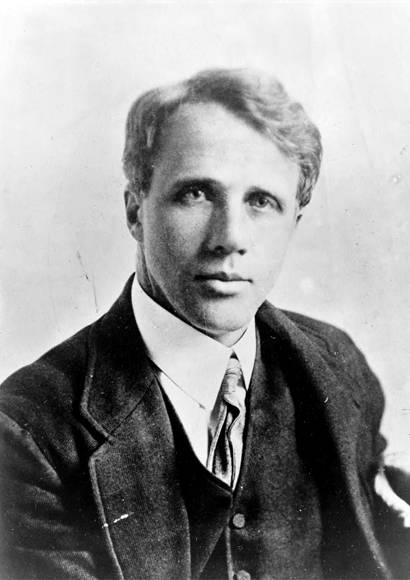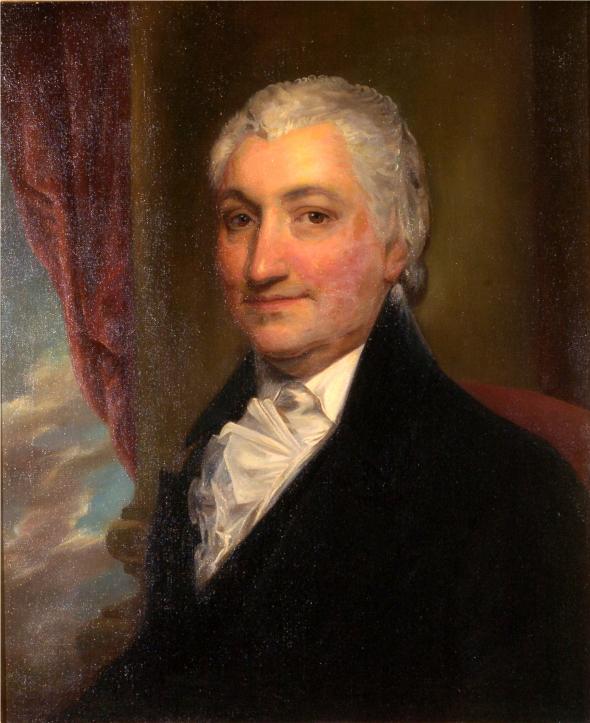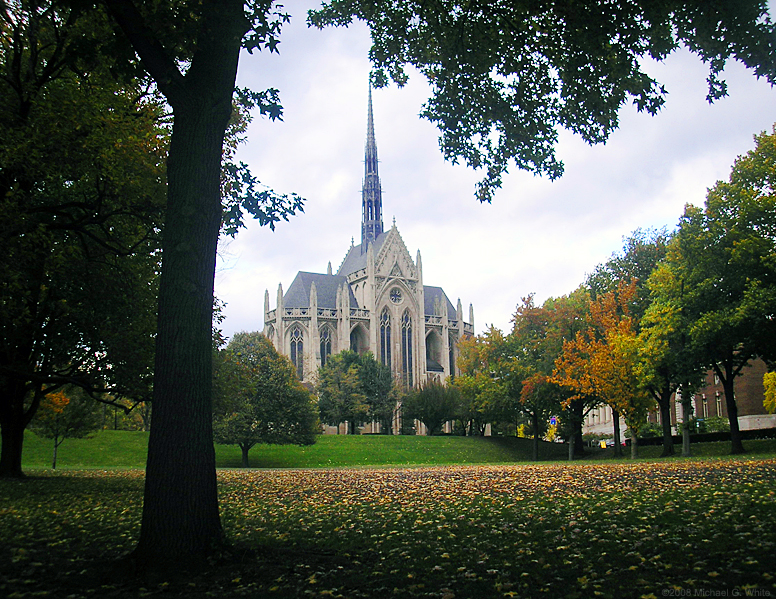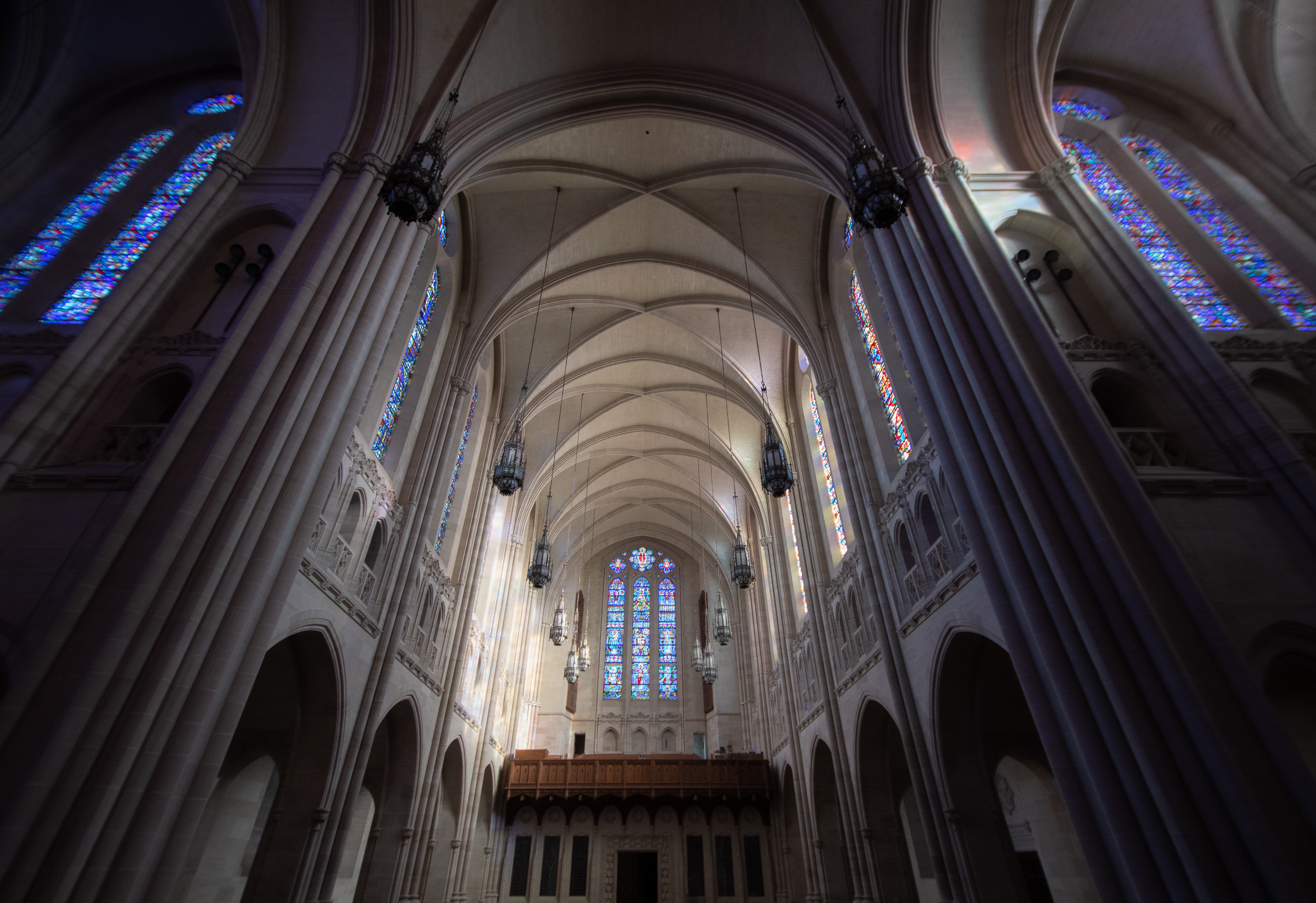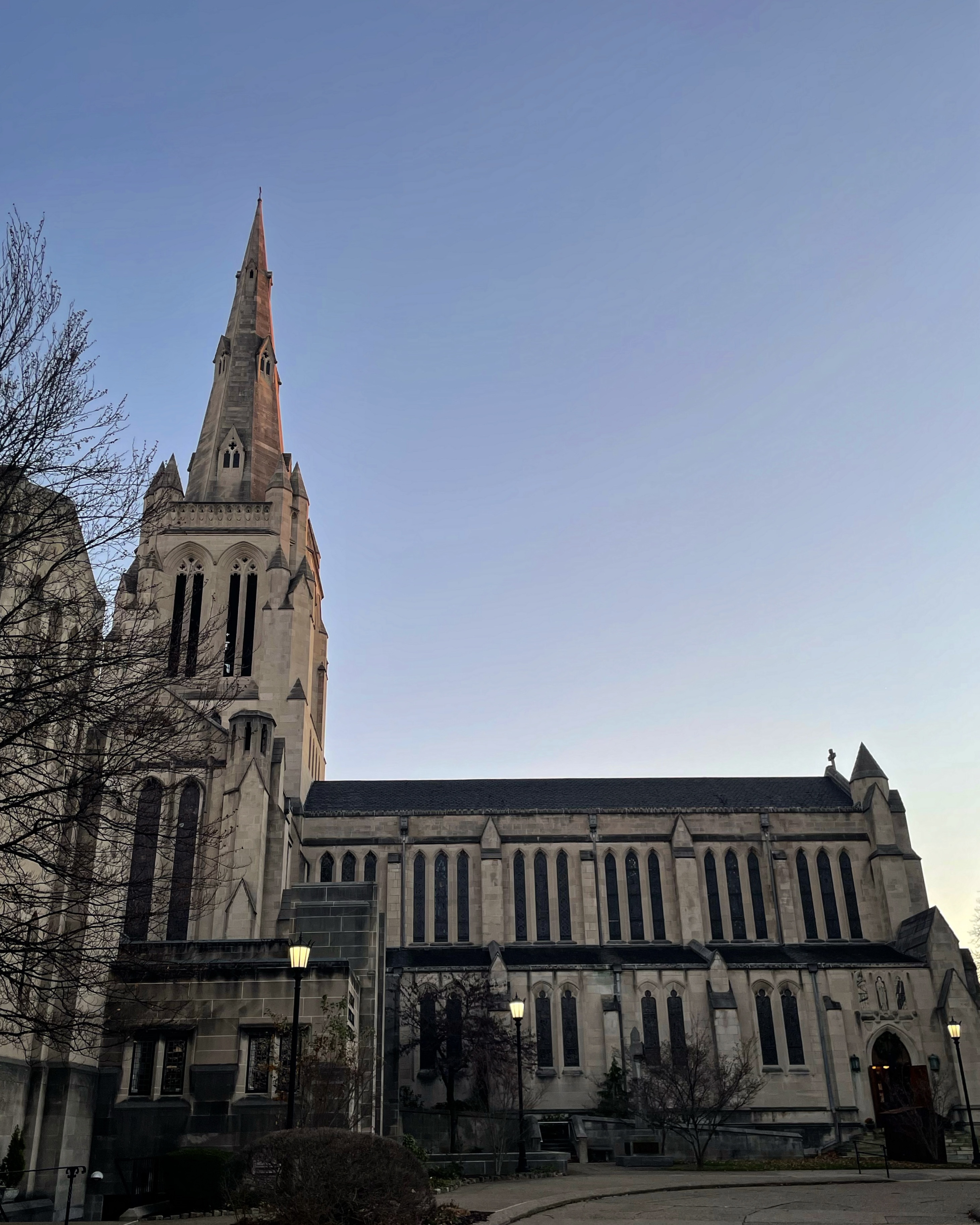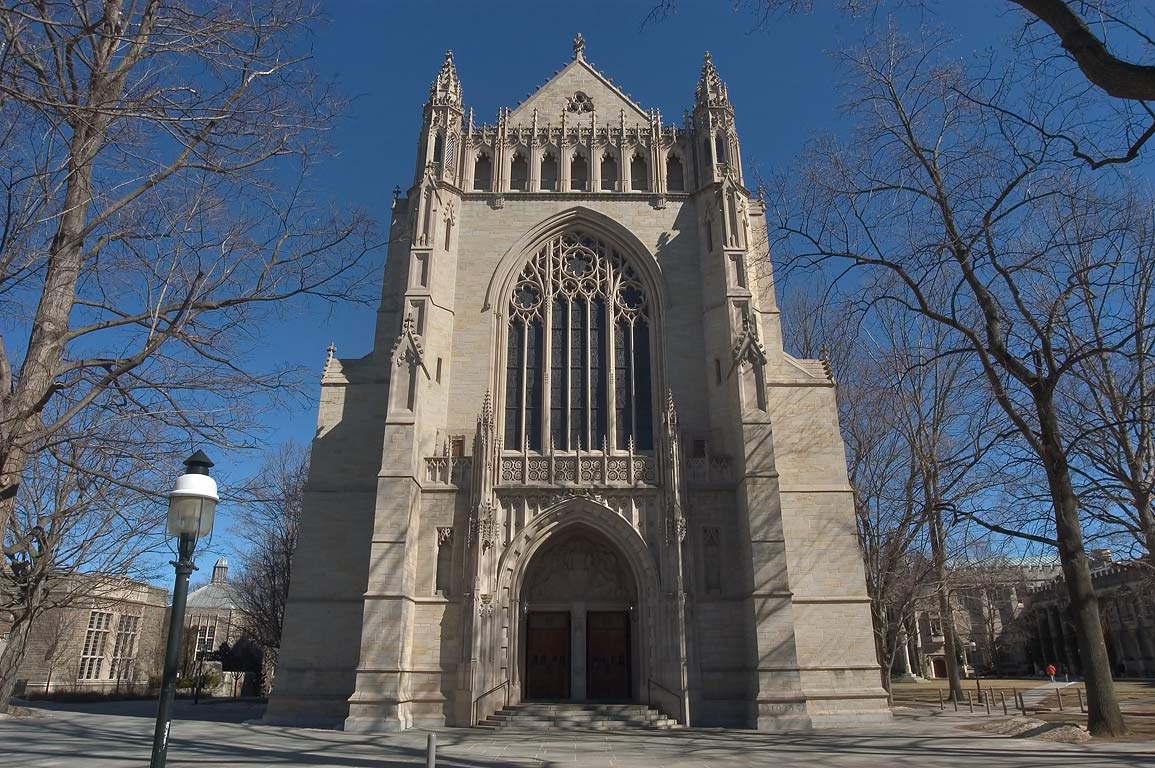|
Charles Connick
Charles Jay Connick (1875–1945) was a prominent American painter, muralist, and designer best known for his work in stained glass in the Gothic Revival style. Born in Springboro, Pennsylvania, Connick eventually settled in the Boston area where he opened his studio in 1913. Connick's work is contained in many preeminent churches and chapels, including examples in Boston, Chicago, Detroit, New York City, Pittsburgh, San Francisco, Seattle, and Washington, D.C. He also authored the book ''Adventures in Light and Color'' in 1937. Connick's studio continued to operate, and remained a leading producer of stained glass, until 1986. Life Born in Springboro in Crawford County, Pennsylvania, on September 27, 1875, Connick moved with his family to Pittsburgh when he was eight years old. Bullied by city children who made fun of his countrified attire, Connick would stay indoors during recess and draw with crayons, and thereby developed an interest in drawing and color at a young age. Whe ... [...More Info...] [...Related Items...] OR: [Wikipedia] [Google] [Baidu] |
Springboro, Pennsylvania
Springboro is a borough in Crawford County, Pennsylvania, United States, located 35 miles southwest of Erie. The population was 377 at the 2020 census, down from 477 at the 2010 census. History Incorporated as a borough in the spring of 1866, the crossroads officially became Springboro in 1840. 2015 is the 175th year. Geography Springboro is located in northwestern Crawford County at (41.800055, -80.371031). It is surrounded by Spring Township, a separate municipality. Pennsylvania Route 18 passes through the center of town, leading north to Albion and south to Conneautville. According to the United States Census Bureau, the borough has a total area of , all land. Conneaut Creek flows northward through the western side of the borough on its way to Lake Erie. Demographics As of the census of 2000, there were 491 people, 183 households, and 133 families residing in the borough. The population density was 577.5 people per square mile (223.0/km2). There were 208 housing uni ... [...More Info...] [...Related Items...] OR: [Wikipedia] [Google] [Baidu] |
Brookline, Massachusetts
Brookline is a town in Norfolk County, Massachusetts, Norfolk County, Massachusetts, in the United States, and part of the Greater Boston, Boston metropolitan area. Brookline borders six of Boston's neighborhoods: Brighton, Boston, Brighton, Allston, Fenway–Kenmore, Mission Hill, Boston, Mission Hill, Jamaica Plain, and West Roxbury. The city of Newton, Massachusetts, Newton lies to the west of Brookline. Brookline was first settled in 1638 as a Hamlet (place), hamlet in Boston, known as Muddy River; it was incorporated as a separate town in 1705. At the time of the 2020 United States Census, the population of the town was 63,191. It is the most populous municipality in Massachusetts to have a New England town, town (rather than city) form of government. History Once part of Algonquian peoples, Algonquian territory, Brookline was first settled by White people, European colonists in the early 17th century. The area was an outlying part of the colonial settlement of Boston a ... [...More Info...] [...Related Items...] OR: [Wikipedia] [Google] [Baidu] |
Newtonville Historic District
The Newtonville Historic District is a historic district in the village of Newtonville, in Newton, Massachusetts. The district encompasses the southern portion of the village's business district (south of the railroad tracks), as well as surrounding residential areas. It was listed on the National Register of Historic Places in 1986, and enlarged in 1990. Description and history The village of Newtonville is located in central Newton, bounded on the north by Massachusetts Route 16 and on the south by Commonwealth Avenue (Massachusetts Route 30). Its central business district is centered on the junction of Walnut and Washington Streets, with the Massachusetts Turnpike and the MBTA commuter railroad tracks running east-west and roughly bisecting it. The residential part of the historic district encompasses an area with a high concentration of Victorian-era houses south of the business district, as well as the southern portion of the business district on Walnut Street. When ... [...More Info...] [...Related Items...] OR: [Wikipedia] [Google] [Baidu] |
Robert Frost
Robert Lee Frost (March26, 1874January29, 1963) was an American poet. His work was initially published in England before it was published in the United States. Known for his realistic depictions of rural life and his command of American colloquial speech, Frost frequently wrote about settings from rural life in New England in the early 20th century, using them to examine complex social and philosophical themes. Frequently honored during his lifetime, Frost is the only poet to receive four Pulitzer Prizes for Poetry. He became one of America's rare "public literary figures, almost an artistic institution".''Contemporary Literary Criticism''. Ed. Jean C. Stine, Bridget Broderick, and Daniel G. Marowski. Vol. 26. Detroit: Gale Research, 1983. p 110. He was awarded the Congressional Gold Medal in 1960 for his poetic works. On July 22, 1961, Frost was named poet laureate of Vermont. Biography Early life Robert Frost was born in San Francisco to journalist William Prescott Frost J ... [...More Info...] [...Related Items...] OR: [Wikipedia] [Google] [Baidu] |
Random House
Random House is an American book publisher and the largest general-interest paperback publisher in the world. The company has several independently managed subsidiaries around the world. It is part of Penguin Random House, which is owned by German media conglomerate Bertelsmann. History Random House was founded in 1927 by Bennett Cerf and Donald Klopfer, two years after they acquired the Modern Library imprint from publisher Horace Liveright, which reprints classic works of literature. Cerf is quoted as saying, "We just said we were going to publish a few books on the side at random," which suggested the name Random House. In 1934 they published the first authorized edition of James Joyce's novel ''Ulysses'' in the Anglophone world. ''Ulysses'' transformed Random House into a formidable publisher over the next two decades. In 1936, it absorbed the firm of Smith and Haas—Robert Haas became the third partner until retiring and selling his share back to Cerf and Klopfer in 19 ... [...More Info...] [...Related Items...] OR: [Wikipedia] [Google] [Baidu] |
Pop City
''Pop City'' was a weekly online magazine whose content focused on news and features about Pittsburgh, Pennsylvania. The content focused on talent, innovation, diversity, and environment. The magazine was published between 2006 and 2015. History ''Pop City'' was launched in March 2006 on a budget of $200,000. The costs were defrayed by pledges from the Urban Redevelopment Authority, The Pittsburgh Cultural Trust The Pittsburgh Cultural Trust (PCT) is a nonprofit arts organization formed in 1984 to promote economic and cultural development in Downtown Pittsburgh. The "Trust" has focused its work on a 14-square block section called the Cultural District, wh ..., and the Allegheny Conference on Community Development. The publication held 39,000 subscribers and a team of two dozen stringers. Though Eve Picker was the first publisher, Tracy Certo ran the publication for eight years. She would later found the spiritual successor NEXTPittsburgh. References {{Pittsburgh 2006 esta ... [...More Info...] [...Related Items...] OR: [Wikipedia] [Google] [Baidu] |
University Of Pittsburgh
The University of Pittsburgh (Pitt) is a public state-related research university in Pittsburgh, Pennsylvania. The university is composed of 17 undergraduate and graduate schools and colleges at its urban Pittsburgh campus, home to the university's central administration and around 28,000 undergraduate and graduate students. The 132-acre Pittsburgh campus includes various historic buildings that are part of the Schenley Farms Historic District, most notably its 42-story Gothic revival centerpiece, the Cathedral of Learning. Pitt is a member of the Association of American Universities and is classified among "R1: Doctoral Universities – Very high research activity". It is the second-largest non-government employer in the Pittsburgh metropolitan area. Pitt traces its roots to the Pittsburgh Academy founded by Hugh Henry Brackenridge in 1787. While the city was still on the edge of the American frontier at the time, Pittsburgh's rapid growth meant that a proper university was so ... [...More Info...] [...Related Items...] OR: [Wikipedia] [Google] [Baidu] |
Heinz Memorial Chapel
Heinz Memorial Chapel is a Pittsburgh History and Landmarks Foundation Historic Landmark and a contributing property to the Schenley Farms National Historic District on the campus of the University of Pittsburgh in Pittsburgh, Pennsylvania, United States. History The chapel was a gift of German-American Henry John Heinz, founder of the H.J. Heinz Company, who wanted to honor his mother, Anna Margaretha Heinz, with a building at the university. Upon his death in 1919, Heinz's three surviving children (Howard, Irene, and Clifford) added to his bequest in order to memorialize their grandmother and honor their father. Their choice of a chapel for a memorial was guided by the concepts of education and religion which Anna Margaretta Heinz imbued in her children. Howard Heinz, Chancellor John Gabbert Bowman, and Joh Weber, business manager and university secretary, were the driving energy behind the chapel's concept and execution. Working with them were other members of the Heinz ... [...More Info...] [...Related Items...] OR: [Wikipedia] [Google] [Baidu] |
Cathedral Of Hope (Pittsburgh)
East Liberty Presbyterian Church, sometimes referred to as the Cathedral of Hope, is in the East Liberty neighborhood of the East End of Pittsburgh, Pennsylvania, United States. The current building is the fifth church building to occupy the site; the first was in 1819. History The congregation of the East Liberty Presbyterian Church was founded in 1819. The land on which the present church stands was donated by Jacob and Barbara Negley. An acre-and-a-half site, the congregation's first building was a brick school and meeting house of forty-four square feet. The first pastor of the congregation was the Reverend W.B. McIlvaine, who was called as pastor in 1829. His ministry of four decades began with his ordination and installation in April 1830. The pastorate of Rev. McIlvaine saw 622 members added to the church, spurring plans for a larger church building. In 1847 Mrs. Negley, now a widow, donated an additional tract of land that includes the current South Highland Avenue fronta ... [...More Info...] [...Related Items...] OR: [Wikipedia] [Google] [Baidu] |
Calvary Episcopal Church (Pittsburgh)
Calvary Episcopal Church is a parish of the Episcopal Diocese of Pittsburgh (Episcopal Church), Episcopal Diocese of Pittsburgh, Pennsylvania. The parish was founded in 1855. History In 1854, Mrs. Mathilda Dallas Wilkins, a prominent East Liberty resident and the wife of Judge William Wilkins (American politician), William Wilkins, requested unsuccessfully of Bishop Alonzo Potter, the third bishop of the Episcopal Diocese of Pennsylvania, Diocese of Pennsylvania, that an Episcopal parish be founded in East Liberty. Not to be deterred, Mrs. Wilkins spearheaded an organizational meeting for a new parish. The Rev. William Paddock agreed to lead regular services for a new congregation on the condition that an appropriate worship site was found. Rev. Paddock, along with thirteen others, then incorporated Calvary Episcopal Church, subsequently adopting a charter and by-laws. The first services of the new Calvary congregation were held in January 1855 in space rented from a German Lutheran ... [...More Info...] [...Related Items...] OR: [Wikipedia] [Google] [Baidu] |
American Church In Paris
The American Church in Paris (formerly the American Chapel in Paris) was the first American church established outside the United States. It traces its roots back to 1814, and the present church building - located at 65 Quai d'Orsay in the 7th arrondissement of Paris, France - dates to 1931. History In 1814, American Protestants started worshiping together in homes around Paris and at the Oratoire du Louvre temple. The first American sanctuary was built in 1857, on rue de Berri. The American Church in Paris was then, as now, an independent interdenominational fellowship, for all those adhering to the historic Christian tradition as expressed in the Apostles' Creed. It served both the American expat community, and a wide variety of other English-speaking people from different countries and denominational backgrounds. Today The American Church, or ACP, continues to minister to many Anglophone Protestants in Paris, with multicultural programming, and a congregation coming from ... [...More Info...] [...Related Items...] OR: [Wikipedia] [Google] [Baidu] |
Princeton University Chapel
The Princeton University Chapel is located on that university's main campus in Princeton, New Jersey, United States. It replaces an older chapel that burned down in 1920. Designed in 1921 by Ralph Adams Cram in his signature Collegiate Gothic style, it was built by the university between 1924 and 1928 at a cost of $2.3 million. The chapel was rededicated in an interfaith ceremony in 2002 following a major two-year restoration. Its size and design evoke a small Architecture of the medieval cathedrals of England, cathedral of the English Middle Ages. The only university chapel of its size at the time it was built was King's College Chapel, Cambridge, King's College Chapel at the University of Cambridge. The Foundation (engineering), foundation is poured concrete, and the superstructure is sandstone and limestone. The main sanctuary consists of a narthex, a gallery, a nave, two transepts joined by a Crossing (architecture), crossing, and an elevated Choir (architecture), choir. The ch ... [...More Info...] [...Related Items...] OR: [Wikipedia] [Google] [Baidu] |



